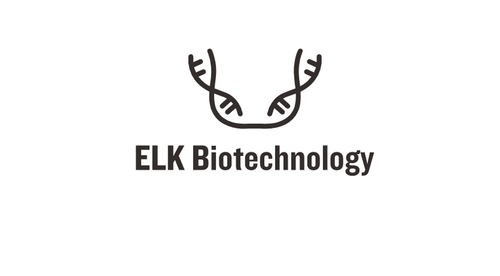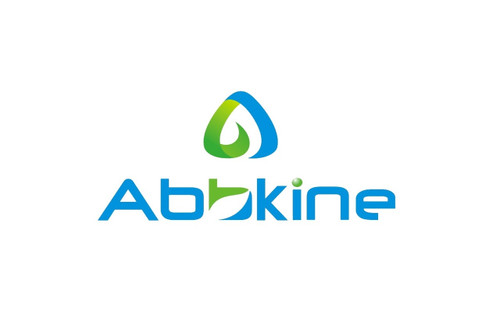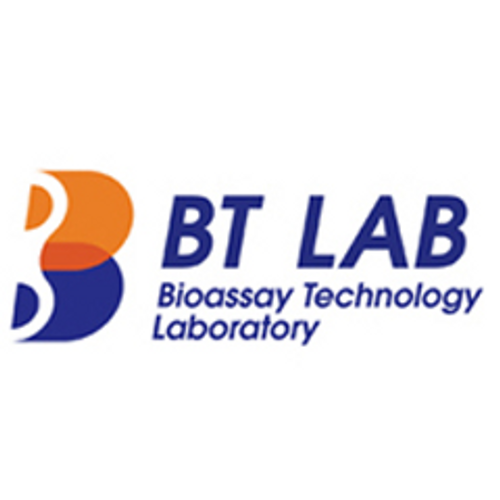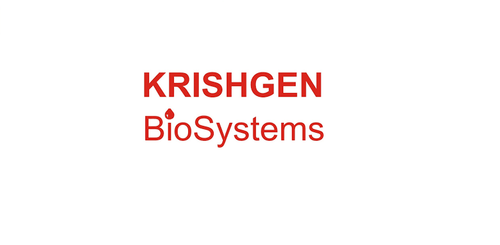Product Description
Human Retinoic acid receptor gamma (RARG) ELISA Kit | AE24371HU | Abebio
Species Reactivity: Human (Homo sapiens)
Abbreviation: RARG
Alternative Name: NR1B3; RARC;
Application: ELISA
Range: 0.156-10 ng/mL
Sensitivity: 0.064 ng/mL
Intra-Assay: ≤5.8%
Inter-Assay: ≤9.3%
Recovery: 0, 94
Sample Type: Serum, Plasma, Other biological fluids
Detection Method: Sandwich
Analysis Method : Quantitive
Test Principale: This assay employs a two-site sandwich ELISA to quantitate RARG in samples. An antibody specific for RARG has been pre-coated onto a microplate. Standards and samples are pipetted into the wells and anyRARG present is bound by the immobilized antibody. After removing any unbound substances, a biotin-conjugated antibody specific for RARG is added to the wells. After washing, Streptavidin conjugated Horseradish Peroxidase (HRP) is added to the wells. Following a wash to remove any unbound avidin-enzyme reagent, a substrate solution is added to the wells and color develops in proportion to the amount of RARG bound in the initial step. The color development is stopped and the intensity of the color is measured.
Product Overview: Retinoic acid receptors are retinoic acid-inducible enhancer factors belonging to the superfamily of steroid/thyroid nuclear receptors. A third type of receptor, Retinoic Acid Receptor Gamma, was first identified in the mouse where its RNA was detected predominantly in skin, a well-known target for retinoic acid. Krust et al. (1989) used mouse cDNA to clone the human counterpart. Comparisons of the amino acid sequences of all 6 human and mouse RARs indicated that the interspecies conservation of a given member of the RAR subfamily, i.e., alpha, beta, or gamma, is much higher than the conservation of all 3 receptors in a given species. These observations indicate that the 3 forms of retinoic acid receptor may perform specific functions.
Stability: The stability of ELISA kit is determined by the loss rate of activity. The loss rate of this kit is less than 5% within the expiration date under appropriate storage condition. The loss rate was determined by accelerated thermal degradation test. Keep the kit at 37°C for 4 and 7 days, and compare O.D.values of the kit kept at 37°C with that of at recommended temperature. (referring from China Biological Products Standard, which was calculated by the Arrhenius equation. For ELISA kit, 4 days storage at 37°C can be considered as 6 months at 2 - 8°C, which means 7 days at 37°C equaling 12 months at 2 - 8°C) .
 Euro
Euro
 USD
USD
 British Pound
British Pound
 NULL
NULL












